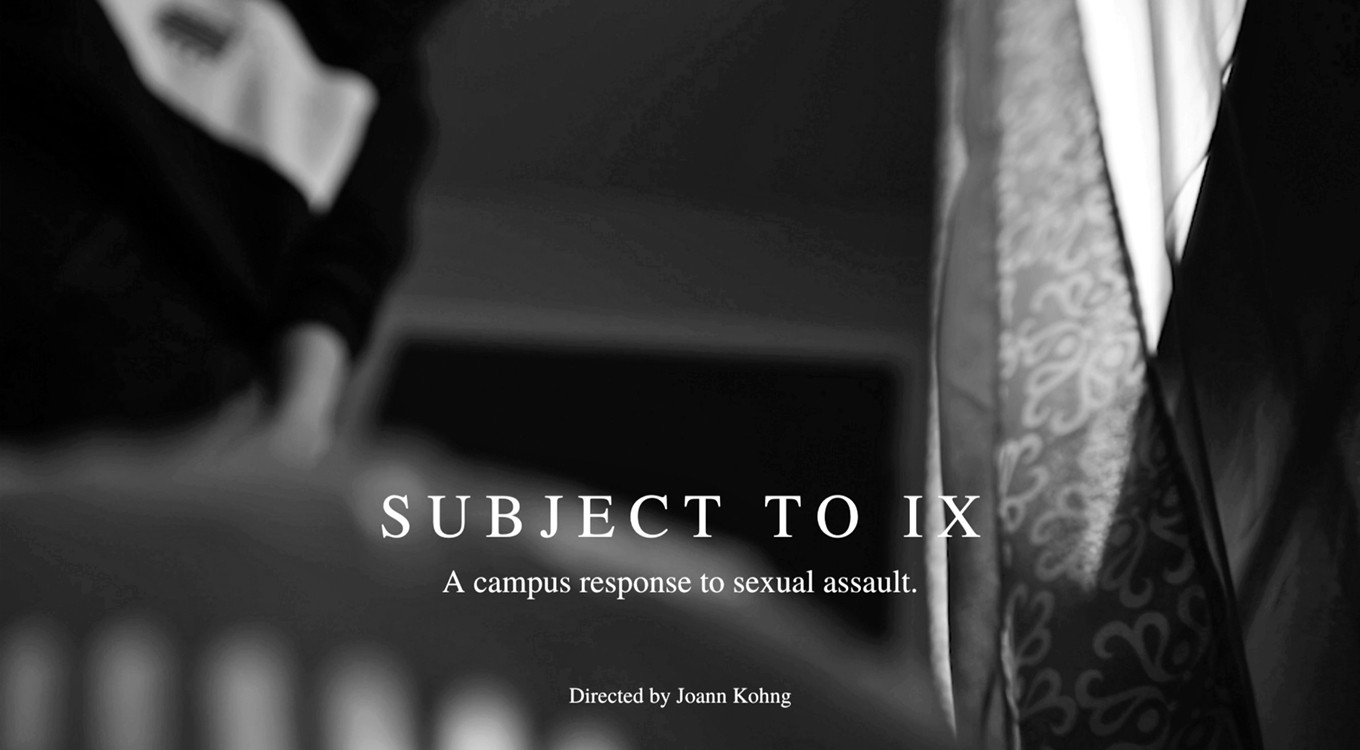Joann Kohng’s Subject to IX tells the heartbreaking truth of the Title IX rules that colleges abide by. Set on the University of Arizona’s campus, this documentary gives us an inside look into the University’s Title IX rules and procedures when a report of sexual assault is brought to the school’s investigators.
With a subject matter such as this, a film must proceed with the utmost caution and the highest knowledge on the matter. Subject to IX does just that — with personal narratives from two survivors of sexual assault and statements from the Director of the Consortium on Gender-Based Violence as well as the University of Arizona’s Title IX Coordinator. The documentary tells the “story” of the film through the people who are familiar with Title IX, instead of having a narrator relay the information as many documentaries do. This detail is one that I appreciate, as survivors are going to know more about what they have gone through than a narrator who hasn’t experienced it would. In addition, a university’s Title IX coordinator would know more about how colleges handle Title IX cases than a narrator would.
The flow of the documentary is good. The transitions from one person to the next are smooth; they do not feel abrupt or out of place. Most importantly, the message is clear between all the speakers, and we understand that with each new perspective on the matter, there is something inherently wrong with Title IX rules and procedures within the University of Arizona and presumably all college campuses. The investigations that take place on college campuses are not a top priority as they can take up to two years, and often the offender is only suspended if punished at all.
On a more technical note, the film is well put together and the cinematography adds to the story. We get shots of the survivors, but without their faces showing. This lets us see body language, but respects the privacy of the survivors who wanted to stay anonymous. We see the beauty of the University of Arizona’s campus with the shots of the fountain, the statue, or buildings around campus, but with these shots we hear about the dark truth that hides behind the beauty we see. The sound for this documentary is also done well, with the ambient sounds of footsteps and distant conversations, as well as the trickling sound of the university’s fountain. My only wish is that the white noise behind the survivors talking was less noticeable. The buzz of fluorescent lights and the hum of the air conditioner may be part of the ambiance, but the white noise can be a bit distracting as it changes for each new person talking — an unfortunate side effect of the different locations that the interviews take place in.
Overall, this documentary did a very good job of introducing and educating on an important topic. This documentary has two strong female survivors, who were treated rather poorly by the University, showing that colleges tend to want to “save face” rather than seek justice for what has happened to these women. The documentary is very well informed on the subject and has a strong message that holds true to the end.

Movie review originally posted on December 9, 2020.

Comments